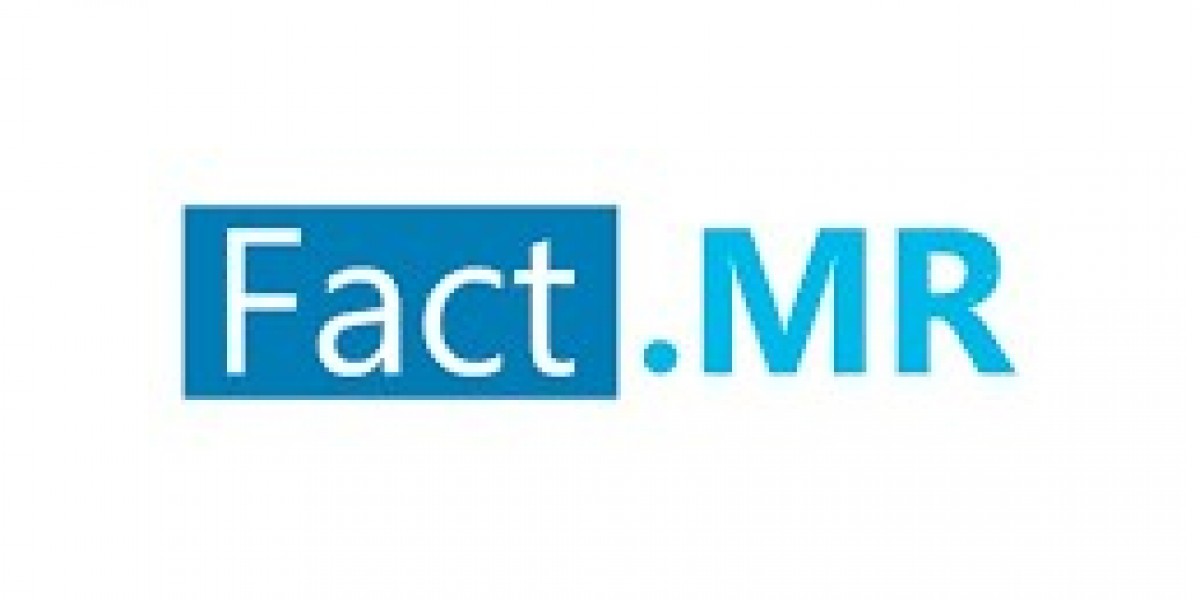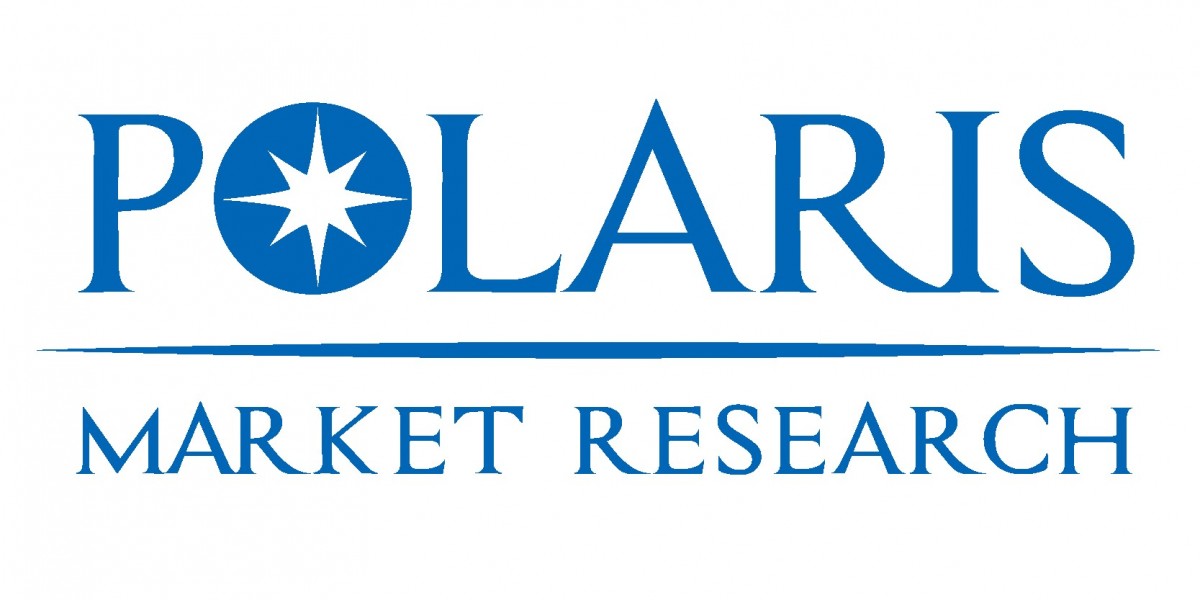In the evolving sweetener landscape, high maltose syrup is emerging as a preferred alternative to traditional sugars and high-fructose syrups. Its mild sweetness, favorable functional properties, and lower fructose content make it attractive to manufacturers and health-conscious consumers alike. The High Maltose Syrup Market is forecast to register steady growth as applications broaden and consumer preferences shift toward cleaner, gentler sweetening solutions.
Market Size, Forecast & Growth Trajectory
As of 2024, the global High Maltose Syrup Market is valued at approximately US$ 1.33 billion. Projections indicate that by 2034, this market will grow to about US$ 2.04 billion, reflecting a compound annual growth rate (CAGR) of 4.4% from 2024 through 2034. The market’s expansion is being driven by rising demand in food & beverages, pharmaceuticals, brewing, and nutraceuticals sectors.
Segment-wise, high maltose syrups with maltose content between 50% and 70% are among the fastest growing product types, expected to generate close to US$ 932.7 million in value by 2034. Among processing methods, the enzymatic method leads in adoption and value, forecasted to reach around US$ 1.36 billion by 2034 in that segment alone.
Key Drivers & Trends
Several intertwined trends are propelling the High Maltose Syrup Market:
- Health & Clean Label Appeal: Consumers are increasingly seeking sweeteners that are naturally derived, contain no fructose, and offer lower sweetness intensity—high maltose syrup fits that profile, making it a preferred alternative in many formulations.
- Functional Advantages in Food Processing: High maltose syrups exhibit desirable functional traits such as non-crystallization, favorable viscosity, fermentability (important in brewing), and improved texture/shelf life in baked goods and confectionery.
- Increasing Applications Beyond Sweetening: Beyond just taste, high maltose syrups are finding use as humectants, in cosmetics (e.g. for moisture retention), in pharmaceutical syrups, and as carriers for active ingredients. Their fermentability also opens up uses in brewing and bio-processing.
- Rising R&D and Customization: Manufacturers are investing in specialty grades, tailored maltose profiles, and improved purity to address end-use requirements such as sports nutrition, clean flavour, lower glycemic impact, and improved processing stability.
Recent Developments
Recent notable developments in the market include:
- Several manufacturers are launching prebiotic high maltose syrups aimed at promoting gut health, aligning with consumer interest in digestive wellbeing.
- Increased interest in sports-nutrition applications, using maltose syrups for their rapid energy release properties but lower sweetness and risk of sugar crash compared to some other sugars.
- Advancements in enzymatic production technologies leading to more efficient, cleaner production of high maltose syrup with lower residual impurities, improving flavour, stability, and safety.
- Growing demand for high maltose syrup in Asia (particularly East Asia), where food producers are incorporating it into confections, beverages, and baked goods as part of broader clean sweetness and natural ingredient trends.
Regional Insights: United States & Europe
United States:
In 2024, the U.S. market size for High Maltose Syrup is estimated at around US$ 141.4 million, and it is expected to rise to approximately US$ 226.6 million by 2034. Growth in the U.S. is driven by demand in confectionery, baked goods, premium dessert formulations, and increasing innovation in functional sweeteners. Regulatory acceptance, clean label claims, and consumer awareness of alternatives to high-fructose syrups are supporting adoption.
Europe:
Europe is also showing strong, steady growth. While exact country-by-country data varies, the region’s manufacturers are placing increasing importance on purity, sustainability, and ingredient traceability. Consumers in key markets such as Germany, France, the UK, and the Nordic countries are often willing to pay premium for sweeteners that offer clean labelling, non-GMO credentials, and milder health profiles.
Europe is also sensitive to regulatory and labeling constraints, which means manufacturers must ensure any claims (e.g. "healthier sweetener", "low fructose", etc.) are backed by appropriate data. Functional and processing benefits (non-crystallizing syrups, texture, fermentation) are being leveraged as competitive differentiators.
Key Players & Competitive Landscape
Several companies are active and influential in the High Maltose Syrup market, including those with strong agricultural supply, specialty starch processing, and sweetener expertise. Prominent players include:
- Ingredient firms with broad portfolio of starch-derived syrups
- Global organizations with R&D capacity to develop specialty grades
- Regional manufacturers with strong link to raw material supply (corn, wheat, etc.)
Competition is increasingly about product differentiation: purity, maltose content, production method (enzymatic vs non-enzymatic), flavor cleanliness, and supplier reliability. Firms that can produce high maltose syrup with consistent quality, favorable sensory attributes, and efficient cost structures are gaining market share.
Challenges & Barriers
Despite the favorable outlook, the High Maltose Syrup Market faces challenges:
- Competition from Alternative Sweeteners: Artificial sweeteners, high-intensity sweeteners, and other natural sugars continue to pose competitive pressure, especially in markets highly focused on sugar/sweetener reduction.
- Cost & Purity Concerns: Producing high maltose syrup with consistent, clean taste and low impurity levels requires specialized processing which can increase manufacturing cost and raise pricing concerns for lower-end applications.
- Regulatory Scrutiny: Sweeteners generally are under watch for their impact on health (e.g., glycemic index, diabetics). Any health claims must be substantiated to satisfy regulation in Europe, U.S., and other markets.
- Raw Material Price Volatility: Feedstocks (corn, wheat, other starch sources) and enzyme production cost fluctuations can influence production cost.
Browse Full Report: https://www.factmr.com/report/high-maltose-syrup-market
Strategic Outlook & Editorial Reflection
From an editorial perspective, the High Maltose Syrup Market is entering a phase where value is being increasingly placed on match between function and health profile, not just sweetness. Market leaders will be those who can balance:
- Health credentials (low fructose, lower GI, natural sources)
- Functional performance (non-crystallizing, fermentation profile, texture, stability)
- Taste & odor neutrality
- Operational efficiency and supply chain reliability
Geographically, East Asia is likely to dominate in volume growth, while the U.S. and Europe will define premium trends and regulatory standards. Niche applications (sports nutrition, pharma syrups, specialty baking) and custom grades will offer higher margins.
The projected rise from USD 1.33 billion (2024) to USD 2.04 billion (2034) is encouraging—but the sweeter rewards will go to those who innovate, maintain quality, and align their offering with shifting consumer and regulatory demands.








